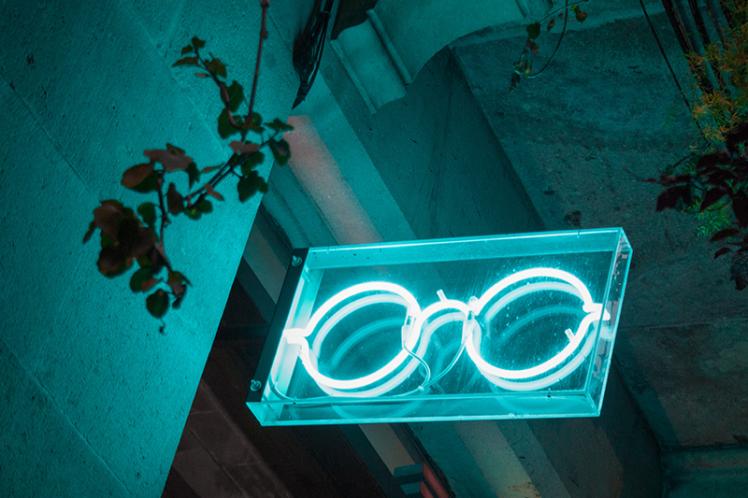Using All Five Senses in Branding

Every day we wake up to a new app that aims to change our world.
And every day, CMOs and their brand managers are trying to figure out how their competitors are using these apps and other new technologies, be it related to big data, artificial intelligence (AI) or machine learning.
Yet, every day humans wake up with the same brain, same two hands, a nose, two ears, two eyes, and a tongue. Our five senses all work the same as they did thousands of years ago. They allow us to have a complete experience giving us the chance to fully enjoy fresh food, loud music, soft clothing, amazing landscapes, and more.
So why does technology limit us only to two of our five senses? Why do all the smart algorithms of the world only allow us only to see and hear? Why haven’t the truly smart people in Silicon Valley come up with something that will allow us to smell, touch, and taste - in other words - have a complete customer experience?
Customers want the complete experience, which is why many online direct-to-consumer brands are now going back to opening physical retail experiences, despite the news of failing, old-fashioned retailers that have struggled to provide much of either customer experience or smart technology in the past. But some purely online brands are changing too.
Case study: Warby Parker prescription glasses
Warby Parker offers a personalized prescription glasses service for just $95. The brand was launched by millennials with millennials in mind, built upon a rebellious spirit and the lofty objective: “To offer designer eyewear at a revolutionary price, while leading the way for socially conscious businesses.”
Warby Parker’s business model was designed to capitalize on laziness and people being time-poor, where a consumer doesn’t have to visit a store. This is how Warby Parker's online experience works:
- Pick your five favourite frames from their huge online collection
- Receive these frames in the post, for free, so you can try them on
- Choose your favourite frames, place your order and send the sample frames back
- Wait 1-2 weeks for your prescription to be completed
Because of this technology-enabled process, Warby Parker’s prices are extremely competitive compared to brick-and-mortar eyewear stores.
However, there’s a catch: The process takes much longer than shopping through a brick-and-mortar store. What's more, you need a prescription to shop at Warby Parker, so you're required to visit an optician first (many of which also sell eyewear frames).
This is probably why Warby Parker has since opened 64 physical retail locations; despite the convenience of online shopping, consumers still want to be able to wander into an eyewear store, see and touch more than just five pairs of frames, and get a second opinion.
This is not the only online direct-to-consumer brand now opening physical locations, with many brands now going from online to off. Even Gwyneth Paltrow’s Goop, claims: “Every pop-up and Goop MRKT brought us closer to fulfilling our ultimate dream: a permanent brick-and-mortar shop to call our own.”
It’s interesting to see that the original dream was to satisfy the needs/wants of the digital age, and now the ultimate dream is a permanent brick and mortar shop…
Use all five senses to differentiate your brand
Is this a trend? We think so. These brands – and many others – are discovering that they can then activate all the senses as part of the brand experience. In our new book, Global Brand Management, we outline many of the benefits of activating all five senses. The top benefit being “to positively differentiate a brand while communicating emotions without making verbal claims.”
Tactile elements through touch convey the product’s quality and the consideration that went into developing it; scents provide direct access to memory, key for brands that provide a positive experience; the language of music and sound is internationally understood; even a product’s perceived and actual taste is part of its branding element.
Even old-school consumer and B2B brands can activate the senses. Why not, as a consulting firm, scent your offices, so when clients show up, they will feel refreshed, energetic or pampered? Why not create an audio brand that can be used across sales meetings, client presentations, ring tones, on-hold machines, and more? Why not be known for the tactile feel of your business cards and packaging?
The possibilities are endless and each one contributes to your overall brand impression. After all, the most successful brands are made for humans by humans, that fully understand humans and engage with them. Clearly only focusing on two of our five senses is not enough to achieve those goals.





